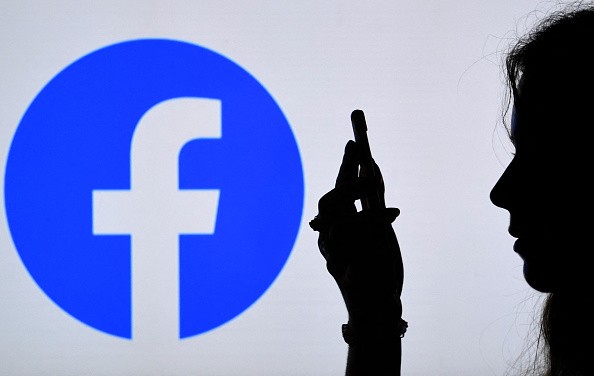Fake Facebook profiles generated by AI are now becoming more rampant on social media platform.

This is a big deal for Meta Platforms Inc. since scammers and other malicious actors can now have more legit-looking FB profile photos.
Because of this, Meta urges users to avoid accepting friend requests from unknown accounts, even if their profile images look legitimate.
Fake Facebook Profile Pictures Generated by AI Are Speading
According to News9's latest report, Meta already reported rising AI-generated fake FB profiles to Congress.

Ben Nimmo, Meta's Global Threat Intelligence lead, said that these Facebook profile images are photos of individuals who don't exist.
"It's not actually a person in the picture. It's an image created by a computer," said the Meta official via CBS News.
Nimmo added that over two-thirds of the accounts that were disrupted in 2022 used profile pictures generated using GANs (generative adversarial networks).
For those unfamiliar with GANs, these publicly-available AI-powered software models are specifically designed to create deep fakes.
This is why most GAN-generated images look so real, even though those individuals are not real.
How Facebook Identify Fake Profile Pics
Meta explained that they are looking at a combination of behavioral signals to detect the AI-generated fake profile images.
Although these photos created by GANs look legitimate, there are some signs that show they are not from real humans, such as the following:
- The background looks more artificial.
- People's eyes on the fake images are perfectly aligned.
- There are no reflections on the eyes.
If you want to learn more details about the worsening AI-generated Facebook profile photos, you can click this link.
In other news, Meta announced that the Facebook News feature could be removed if the U.S. Congress approved the new media bill.
We also reported that Meta wants to bring Facebook and Instagram changes to teenagers' privacy online.
For more news updates about Facebook and other online platforms, keep your tabs open here at TechTimes.
Related Article : Meta Faces Lawsuit in Kenya, Accuses of Amplifying Hate Speech, Incitement to Violence on Facebook

![Apple Watch Series 10 [GPS 42mm]](https://d.techtimes.com/en/full/453899/apple-watch-series-10-gps-42mm.jpg?w=184&h=103&f=9fb3c2ea2db928c663d1d2eadbcb3e52)



